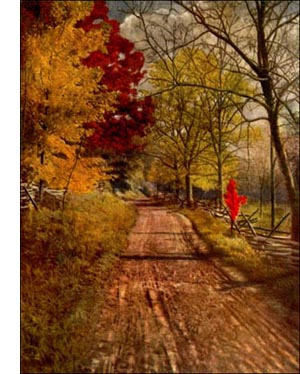Spruces
 FAMILY CONIFERAE
FAMILY CONIFERAEGenus PICEA, Link.
PYRAMIDAL cone-bearing evergreens, with tall, tapering trunks and slender horizontal branches ending in stout twigs. Roots long, tough, fibrous. Leaves 4-angled, stiff, pointed, solitary, spirally arranged, each set on a prominent, woody projection. Flowers monoecious, solitary, in conical aments on new shoots. Fruits pendant, woody, annual cones. Wood soft, straight grained, valuable.
The genus Picea includes some of the most useful as well as ornamental of the conifers. There are eighteen species, seven of them American, distributed over the Northern Heimsphere. The Norway spruce (P. excelsa, Link.) is the commonest species in cultivation. It is the familiar spruce of dooryards, growing to great size in this country, and evidently more comfortable in domestication than our native species. The long cones hang on the topmost branches, and the lower limbs droop to the ground. It is planted for windbreaks, hedges and shelter belts, often with white pine. The species is strongly recommended for plantations of trees for timber.
Big Cone Spruce Tree
Black Spruce Tree
Blue Spruce Tree
Caucasian Spruce Tree
Douglas Spruce or Red Fir Tree
Engelmann Spruce Tree
Red Spruce Tree
Tideland Spruce or Sitka Spruce Tree
Weeping Spruce Tree
White Spruce Tree